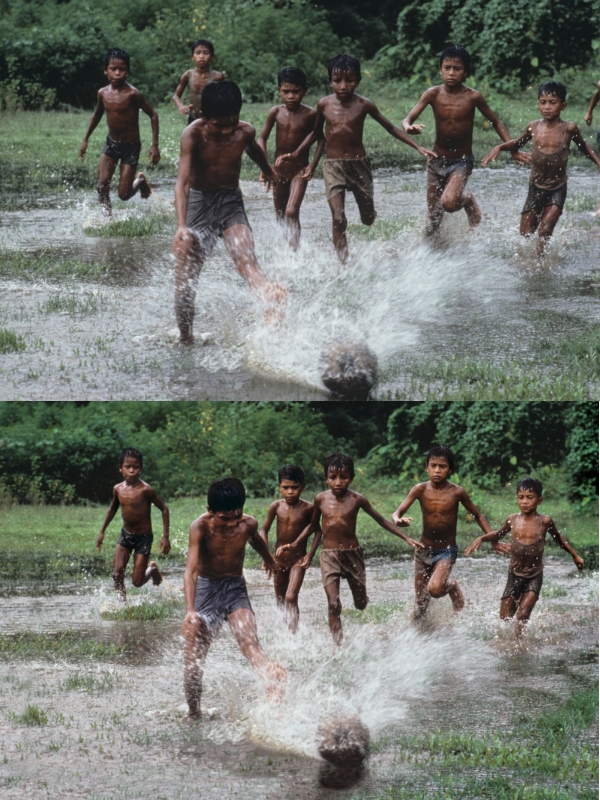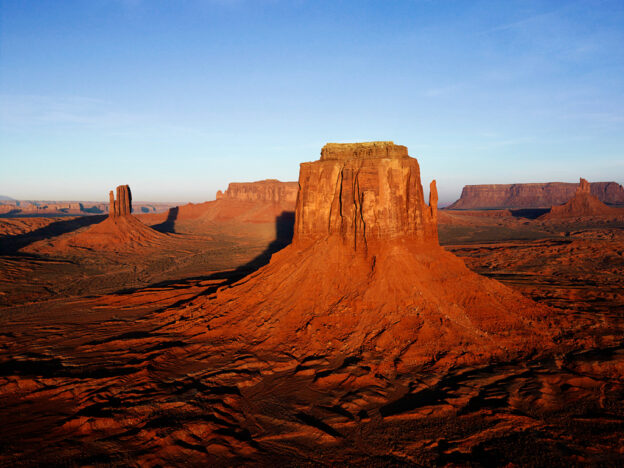Last month, one of the biggest photography scandals broke, and it involved none other than the legendary photographer Steve McCurry. Online portal PetaPixel broke the story, after they published an online article about it in May. The photography icon came under question, after photographer Paolo Viglione saw a botched print at a show in Italy. The photographer wrote a blog post about this, which was soon taken down, but it triggered off a hunt among people who went scavenging to see what other such images they could find.
Soon a number of images and articles started surfacing over the internet that claimed that McCurry had used Photoshop and altered his images. People started foraging through Steve’s work across his career, and a number of images surfaced at different times of his career which were allegedly altered. While some images were found to be edited in terms of colour and saturation, others depict cloning and adding and removal of elements.
Here are some of the examples of images that are doing the rounds on websites, social media and blogs:

The above images have allegedly both been taken from McCurry’s website, and a player is missing in one of them.

Another image, with two versions, founded on Italian photgrapher and founder of Echo Photojournalism, Gianmarco Maraviglia’s Facebook page, shows carts, figures and other elements missing.

An image shot in Tokyo, of which two versions were found allegedly on McCurry’s own blog, which has now been deleted in its entirety. Notice elements like signboards and buildings altered or cloned.

Also found on McCurry’s blog, this image shot in Honduras has two versions, with visible elements on the right of the image and the floor missing.

Shot in India, this image has two versions online, with a figure in the background missing in one of them.
In an interview with TIME, McCurry admitted to use of the editing tool Photoshop, but said that he now considers himself as a ‘visual storyteller’ and not a photojournalist. McCurry said to TIME, “I’ve always let my pictures do the talking, but now I understand that people want me to describe the category into which I would put myself, and so I would say that today I am a visual storyteller.” He stated in the interview that, “Reflecting on the situation… even though I felt that I could do what I wanted to my own pictures in an aesthetic and compositional sense, I now understand how confusing it must be for people who think I’m still a photojournalist”, and added, “going forward, I am committed to only using the program in a minimal way, even for my own work taken on personal trips”.
However, McCurry’s practice has been criticised by industry peers, including ethics committee chairman of the National Press Photographer’s Association (NPPA), Sean D. Elliot, who said in a statement that it is an ethical lapse, “(McCurry) bears the responsibility to uphold the ethical standards of his peers and the public, who see him as a photojournalist” adding, “Any alteration of the journalistic truth of his images, any manipulation of the facts, regardless of how relevant he or others might feel they are to the deeper ‘truth,’ constitutes an ethical lapse”.
Whatever the controversy or scandal, McCury finds himself in quiet the soup with more and more his work being ridiculed with memes being shared on social media platforms. Whether you consider this to be ethical is something that we would leave for you to decide, but undoubtedly this in McCurry’s career is one of his darkest hours.
Steve McCurry portrait image – Source: uk.phaidon.com

